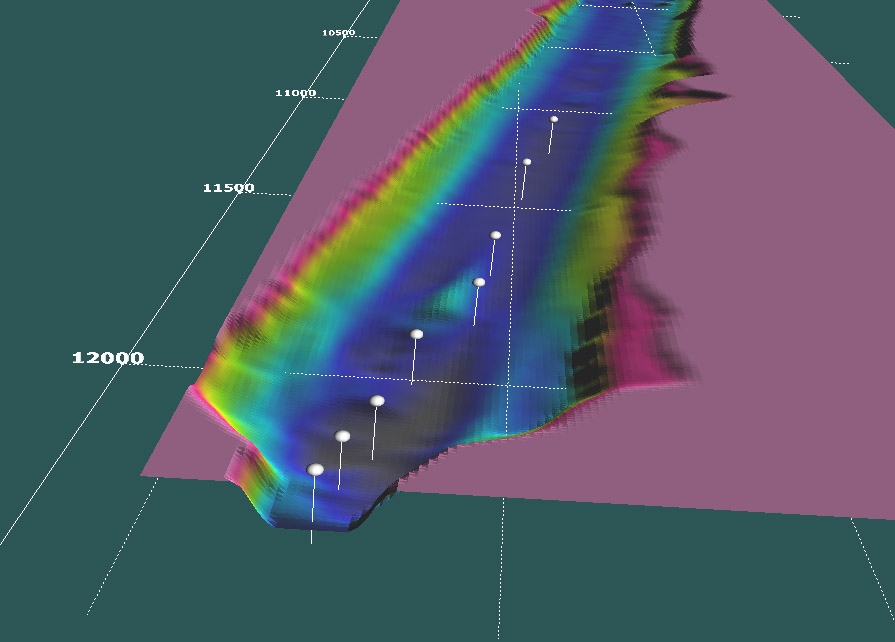
A recent example taught us that the statistical repair of bias due to poor treatment adherence in a trial would have required repeatedly measuring time-dependent confounders.

Is a link to a framework that helps you select the minimally needed set of confounding factors for a valid data-analysis. This may burden participants and cause them to (selectively) drop out, which may jeopardize the overall validity of your study. It may also alert you to the fact that you may be planning to collect more data than you will be using in your analyses. measurement instruments and timing of (repeated) measurements. Developing a SAP forces you to think about which data to collect in which format, which may then guide your decisions on e.g.triangulation, criteria for saturation and the selection of quotes. For example, the analysis of qualitative data is likely to benefit from a written plan, describing the underlying (philosophical) approach and tackling details of e.g.

Although a SAP was originally intended for clinical trials, also other types of research design may profit from transparent analysis plans. A SAP a is a more technical document than the research protocol and includes detailed procedures for executing statistical analyses.


 0 kommentar(er)
0 kommentar(er)
